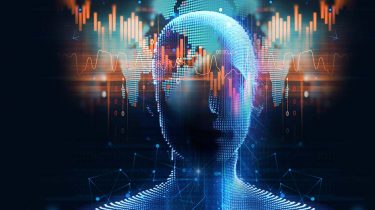Multilingualism in Natural Language Processing targeting low resource Indian languages
Introduction Language is a systematic form of communication that can take a variety of forms. There are approximately 7,000 languages believed to be spoken across the globe. Despite this diversity, the majority of the world’s population speaks only a fraction of these languages. In Spite of such a rich diversity Languages are still evolving across time much like the society we live in. While the English language is uniform, having the distinct status of being the official language of multiple […]
Read more
